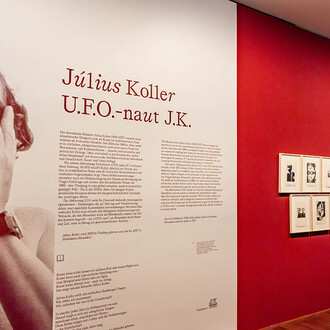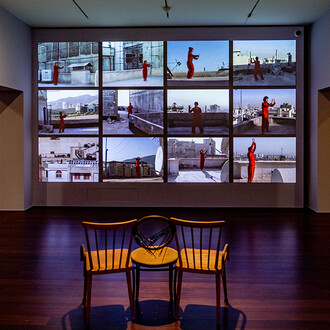200 years ago, numerous buildings burned down in the part of Salzburg situated on the right bank of the Salzach River. The cause was fat which on 30 April 1818 overheated on a kitchen stove in the building complex of the Holy Trinity Church. The fire spread rapidly, fanned by wind and aridity.
On the occasion of the 200th anniversary of this catastrophic fire, the historians Peter F. Kramml (Salzburg City Archive) and Erich Marx initiated a comprehensive publication involving numerous authors. It examines the cause of the fire and its consequences on the cityscape in terms of urban design.
The first part of the exhibition, The Great Fire of 1818 and its Consequences, is based on this publication. Taking Mirabell Palace and the no longer existent Hexenturm (“Witch Tower”) as examples, it shows the impact of the fire on the cityscape. The changes were often not originally caused by the fire, but influenced by it.
The second part of the exhibition focuses on the theme of Fire Disasters in the Land of Salzburg and its Surroundings. Six places have been chosen as examples to illustrate the causes and consequences of the fires. Equal space is also devoted to the origins of fire brigades and their cultural significance in society.
















